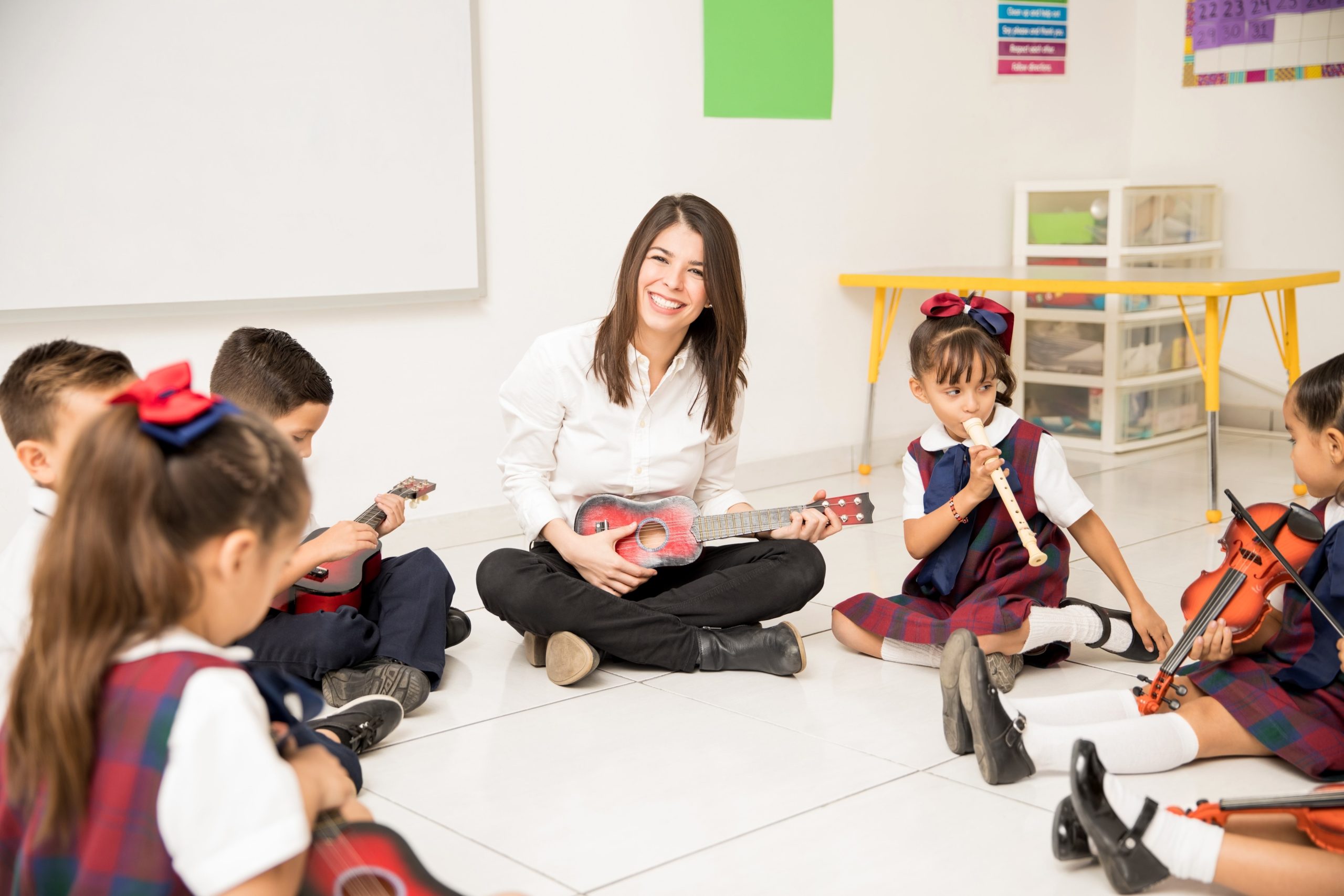
The Magic of Nursery Rhymes: What Songs Do Preschoolers Learn in Kindergarten?
Introduction
As adults, we often underestimate the power of nursery rhymes in a child’s development. However, research shows that these simple songs can help develop early literacy skills, improve memory, and enhance language development. Nursery rhymes are an essential part of any preschool curriculum. Teachers must select the right songs to ensure effective learning. In this article, we will explore the magic of nursery rhymes and the songs that preschoolers learn in kindergarten.
Benefits of Nursery Rhymes for Preschoolers
- Early Literacy Skills: Firstly, nursery rhymes help preschoolers learn to read by exposing them to the rhythm, patterns, and sounds of language. The repetition and rhyming words aid in remembering words and phrases.
- Language Development: Secondly, nursery rhymes aid in the development of language skills by exposing preschoolers to new words, sentence structures, and intonation.
- Memory Improvement: Moreover, nursery rhymes are easy to memorize and recall, which can help preschoolers improve their memory skills.
- Social and Emotional Development: Lastly, nursery rhymes can help preschoolers learn about emotions and social situations.
Popular Nursery Rhymes for Preschoolers
- Twinkle, Twinkle, Little Star: This classic nursery rhyme is loved by preschoolers all over the world. It is easy to learn and has a catchy tune, perfect for singing along.
- Baa, Baa, Black Sheep: Another classic, this nursery rhyme’s simple lyrics and catchy tune make it easy for preschoolers to learn and remember.
How to Teach Nursery Rhymes to Preschoolers
- Choose Simple Nursery Rhymes: Select nursery rhymes that are simple and easy to learn, with repetitive structures and catchy tunes.
- Use Visual Aids: Utilize pictures, puppets, or props to help preschoolers understand the meaning of the nursery rhyme and remember the words and actions.
- Act Out the Nursery Rhyme: Encourage preschoolers to act out the actions of the nursery rhyme, helping them remember the words and develop motor skills.
- Repeat the Nursery Rhyme: Repeat the nursery rhyme several times throughout the day to reinforce learning and memory.
- Sing with Enthusiasm: Sing the nursery rhyme with energy and enthusiasm to engage preschoolers and make learning fun.
- Encourage Participation: Encourage preschoolers to participate in singing the nursery rhyme, promoting social interaction and communication skills.
Conclusion
Nursery rhymes are a valuable tool in preschoolers’ education, offering benefits in early literacy, language development, memory improvement, and social-emotional skills. By introducing popular nursery rhymes and using effective teaching techniques, educators and parents can create a fun and engaging learning environment for preschoolers, fostering a love for learning that lasts a lifetime.
For more information on nursery rhymes, you can visit Wikipedia.
Explore our other articles on preschool education and child development.


